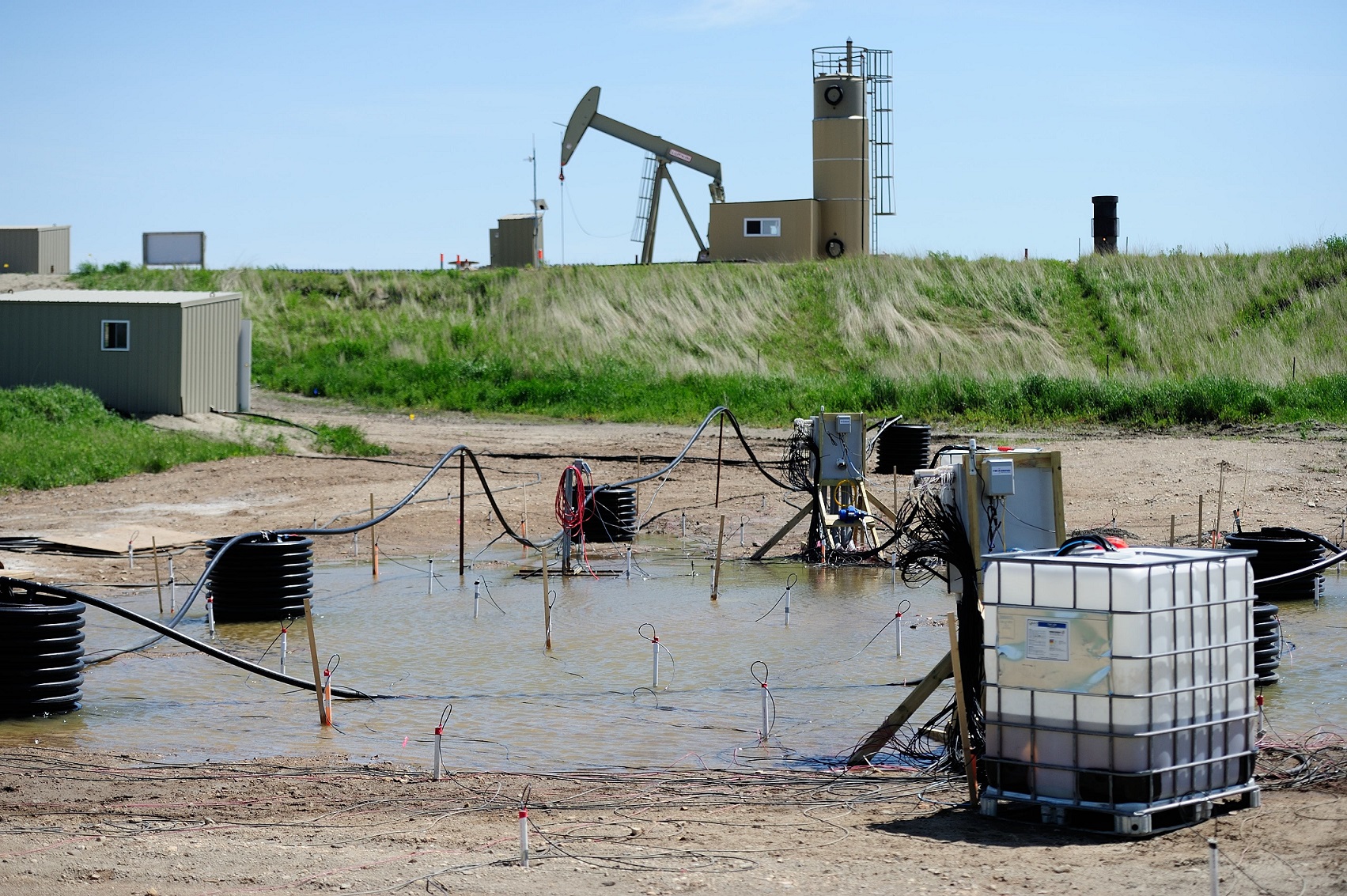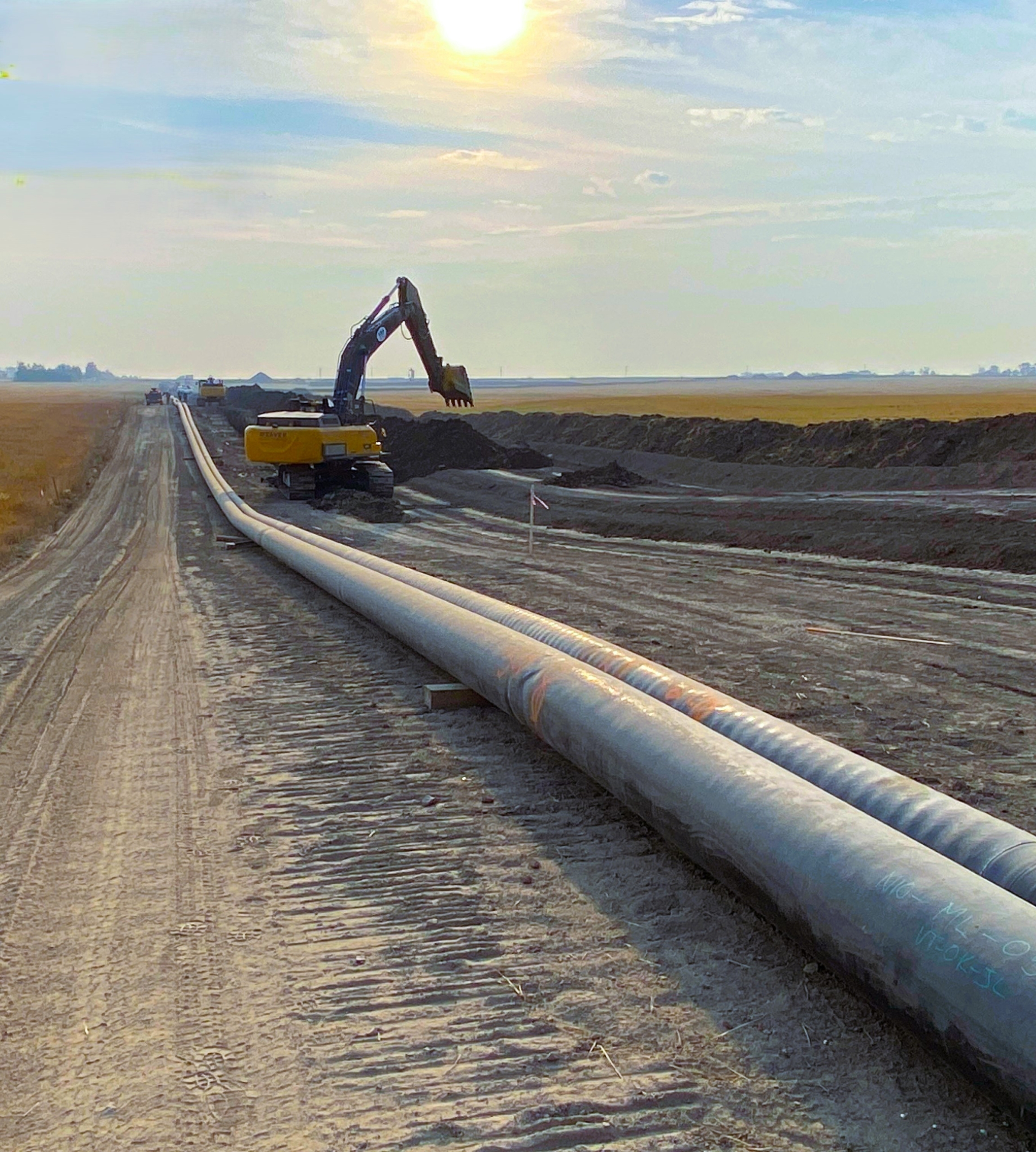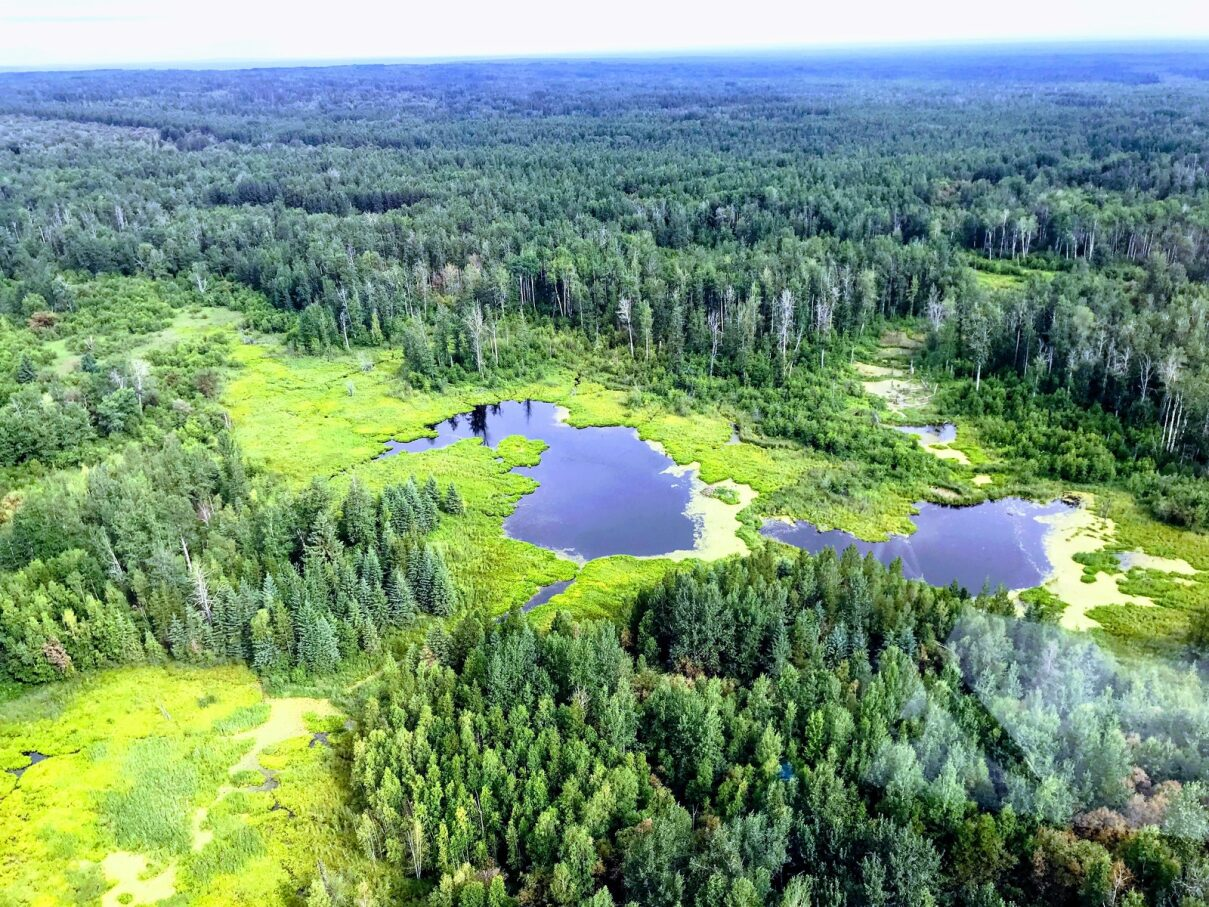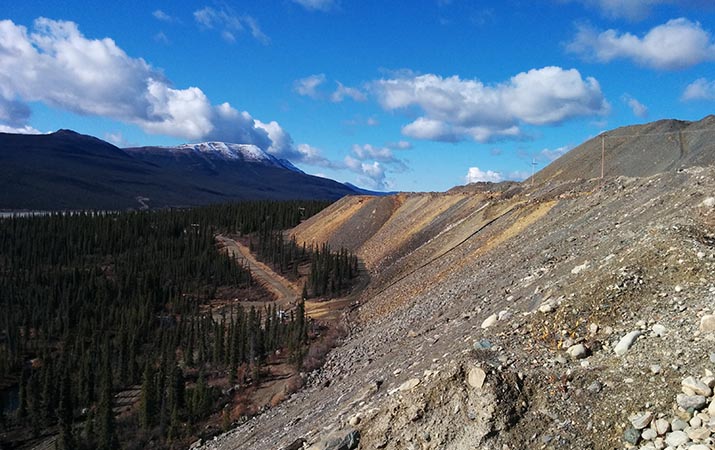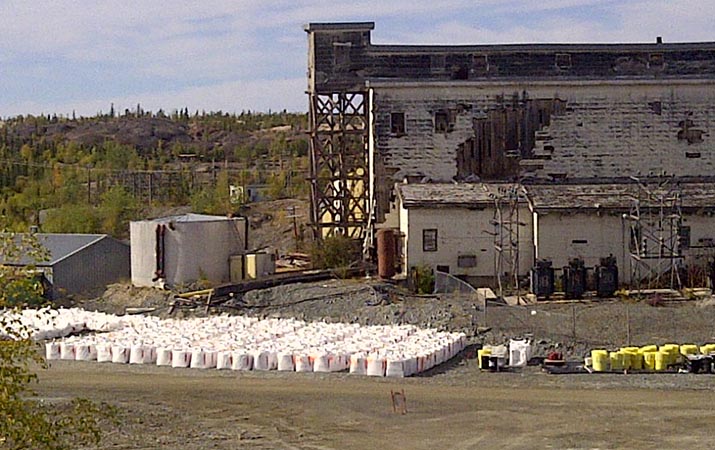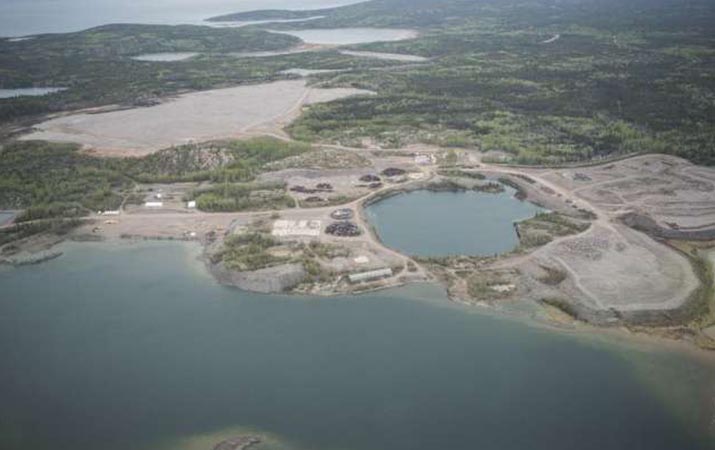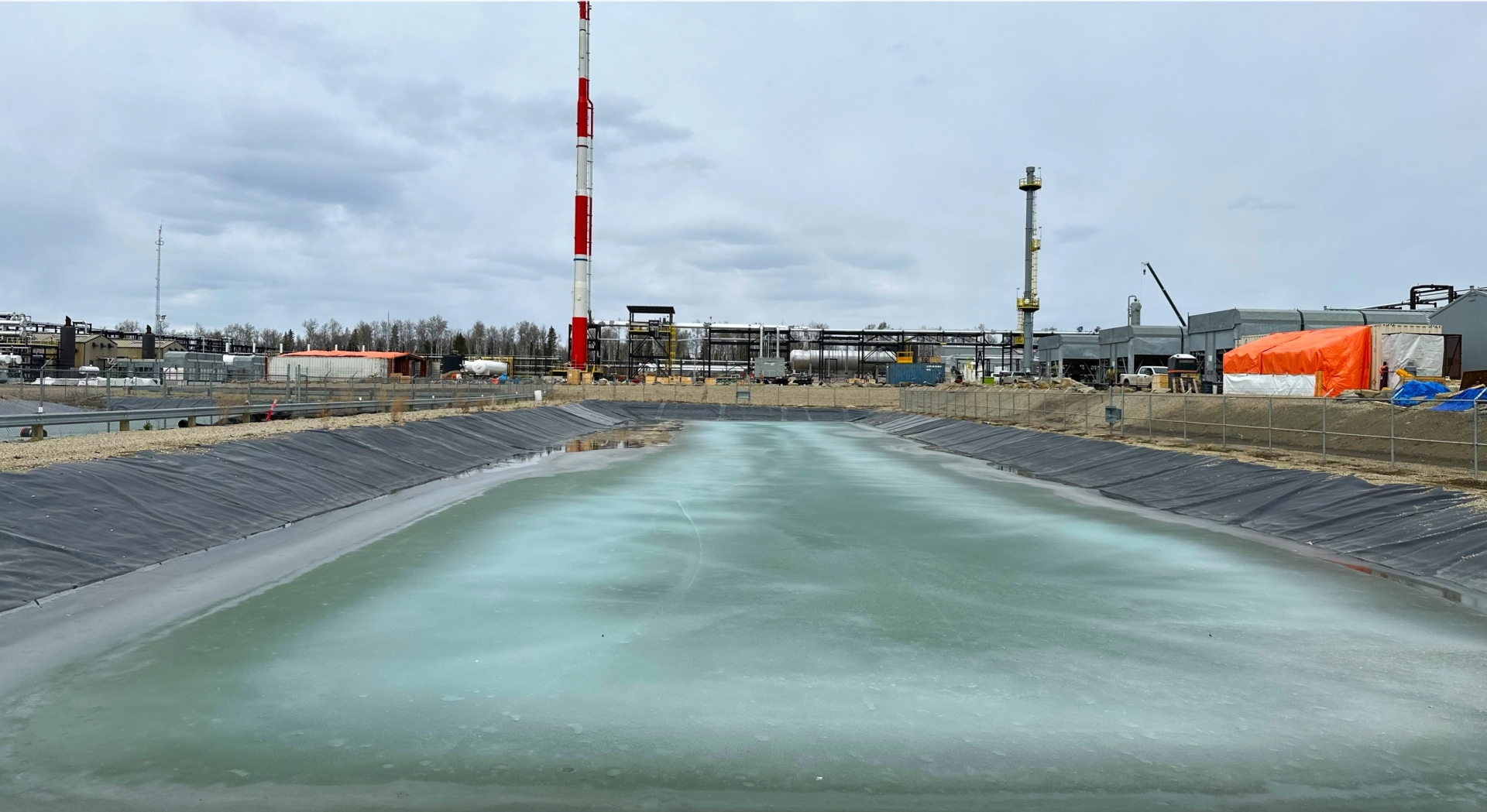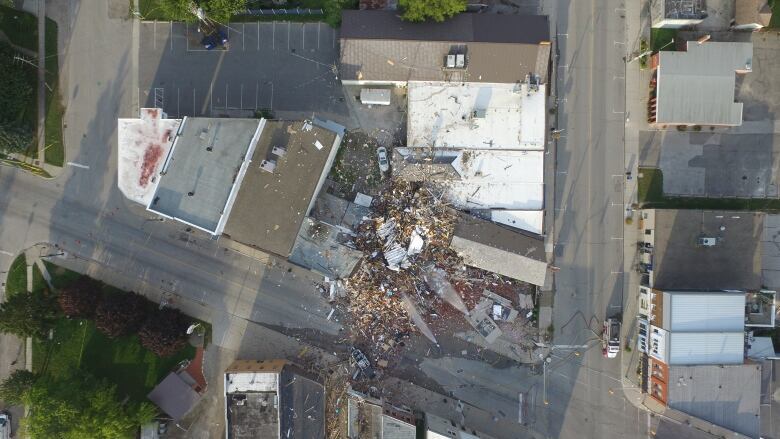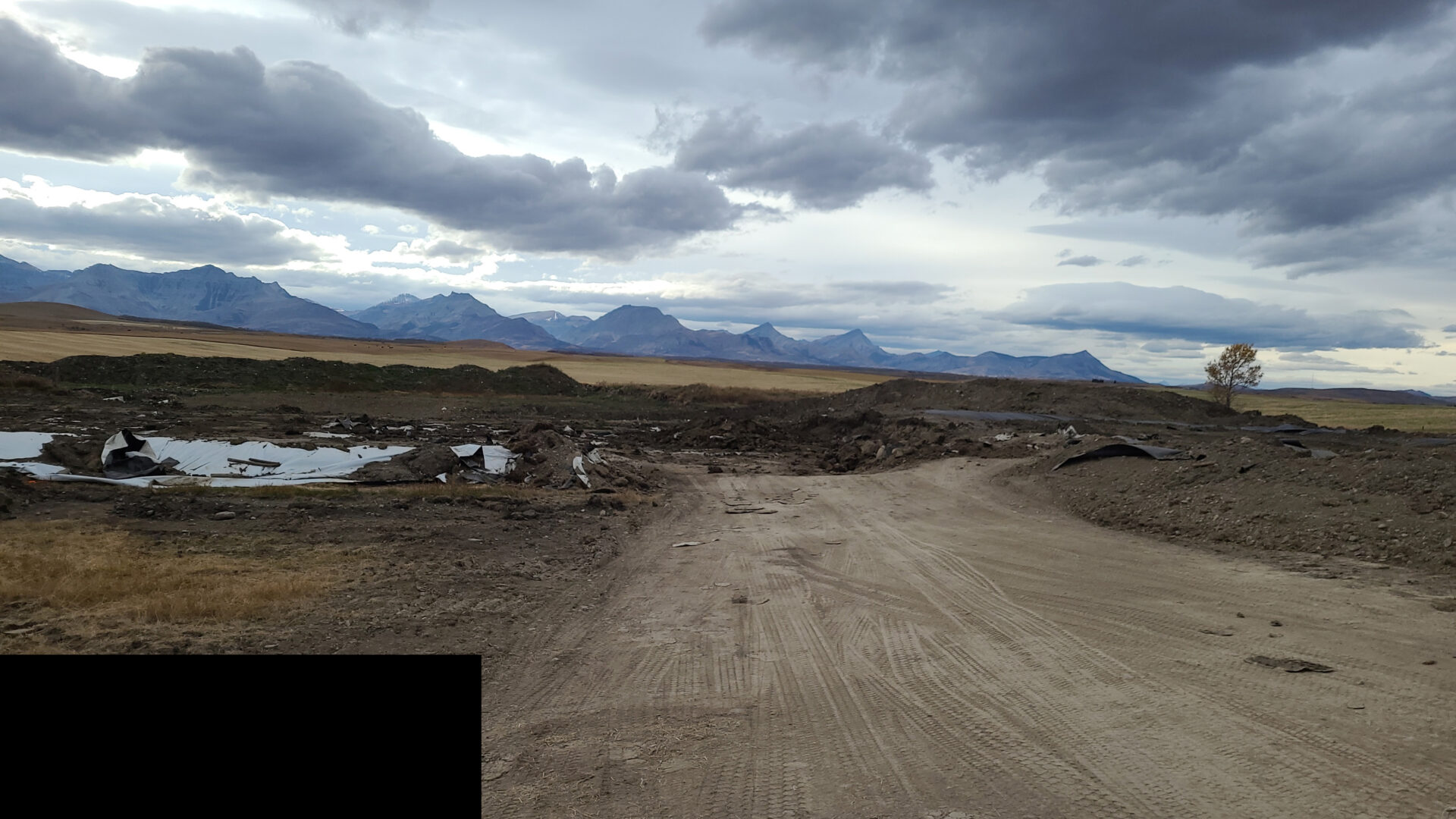Challenging times in the oil and gas industry has put increased pressure on regulatory bodies to identify and characterize the thousands of active and abandoned remedial sites across Alberta. Since 2014, there has been increased regulatory scrutiny in the historical spill and designated problem site space, primarily in the form of Supplemental Information Request letters (SIR) and Remedial Action Plan (RAP) requests from the AER.
On June 1, 2018, Alberta Environment and Parks (AEP) ratified several changes to the Remediation Certificate Amendment Regulation (RCAR), that will change how spills are managed in the future. The changes clarify spill reporting requirements and institute timelines where soil and groundwater impacts cannot be fully remediated.
The amendments to the RCAR will result in the following changes in spill management on sites with residual impacts:
- The responsible party must either prepare a Phase 2 Environmental Site Assessment (ESA) or commence remediation as soon as possible following the spill; and
- If a site cannot be remediated within a 2-year period, a RAP must be submitted that specifies proposed remedial activities and a projected deadline for completion of remediation that satisfies the Director.
The 2018 amendments to the RCAR will force responsible parties with spills to take immediate assessment and remedial action and ultimately define the remedial timeline for every spill. Operators will no longer be able to remediate offsite impacts and postpone delineation and remediation of onsite impacts for site closure. As such, ongoing monitoring and assessment will be required.
These changes to the way spills are managed will help both regulators and industry identify the environmental liability associated with new spills, but it will come at a cost. After a 2-year period, all spills will require RAPs with ongoing monitoring or remedial works. This means that small onsite spills on active locations will carry a tangible annually liability since each site will require an initial Phase 2 ESA, RAP and monitoring program.
For more information on this, please do not hesitate to reach out.
Bryce

About the Author
Bryce Watson, P.Geo., Chief Regulatory & Compliance Officer
Bryce is a registered Professional Geoscientist in British Columbia, Alberta, Saskatchewan, and Ontario and is a founding partner at 360. As Chief Regulatory & Compliance Officer, he is regarded as a leader in the environmental space and acts as an executive advisor internally and externally to multiple clients; providing strategic closure and regulatory planning to align execution practices with corporate strategy. With over 25 years of experience in the environmental and regulatory fields, Bryce started his career as an environmental consultant working in the oil and gas sector in northwest British Columbia and northeast Alberta. He then moved to a regulatory position with the British Columbia Ministry of Environment where he was responsible for regulatory policy development, compliance, and enforcement. His diverse experience allowed him to find innovative and economic solutions to address environmental and regulatory issues while still operating within the existing regulatory framework.

